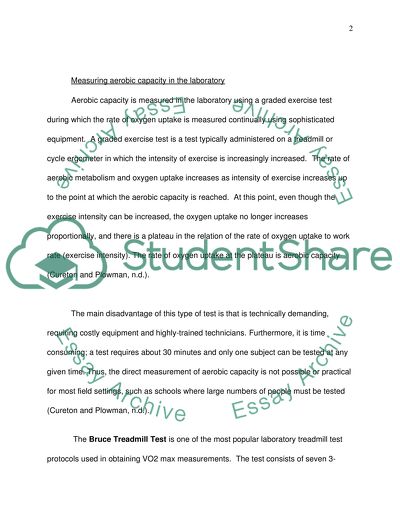Cite this document
(“Aerobic capacity test Essay Example | Topics and Well Written Essays - 2000 words”, n.d.)
Aerobic capacity test Essay Example | Topics and Well Written Essays - 2000 words. Retrieved from https://studentshare.org/miscellaneous/1533786-aerobic-capacity-test
Aerobic capacity test Essay Example | Topics and Well Written Essays - 2000 words. Retrieved from https://studentshare.org/miscellaneous/1533786-aerobic-capacity-test
(Aerobic Capacity Test Essay Example | Topics and Well Written Essays - 2000 Words)
Aerobic Capacity Test Essay Example | Topics and Well Written Essays - 2000 Words. https://studentshare.org/miscellaneous/1533786-aerobic-capacity-test.
Aerobic Capacity Test Essay Example | Topics and Well Written Essays - 2000 Words. https://studentshare.org/miscellaneous/1533786-aerobic-capacity-test.
“Aerobic Capacity Test Essay Example | Topics and Well Written Essays - 2000 Words”, n.d. https://studentshare.org/miscellaneous/1533786-aerobic-capacity-test.


